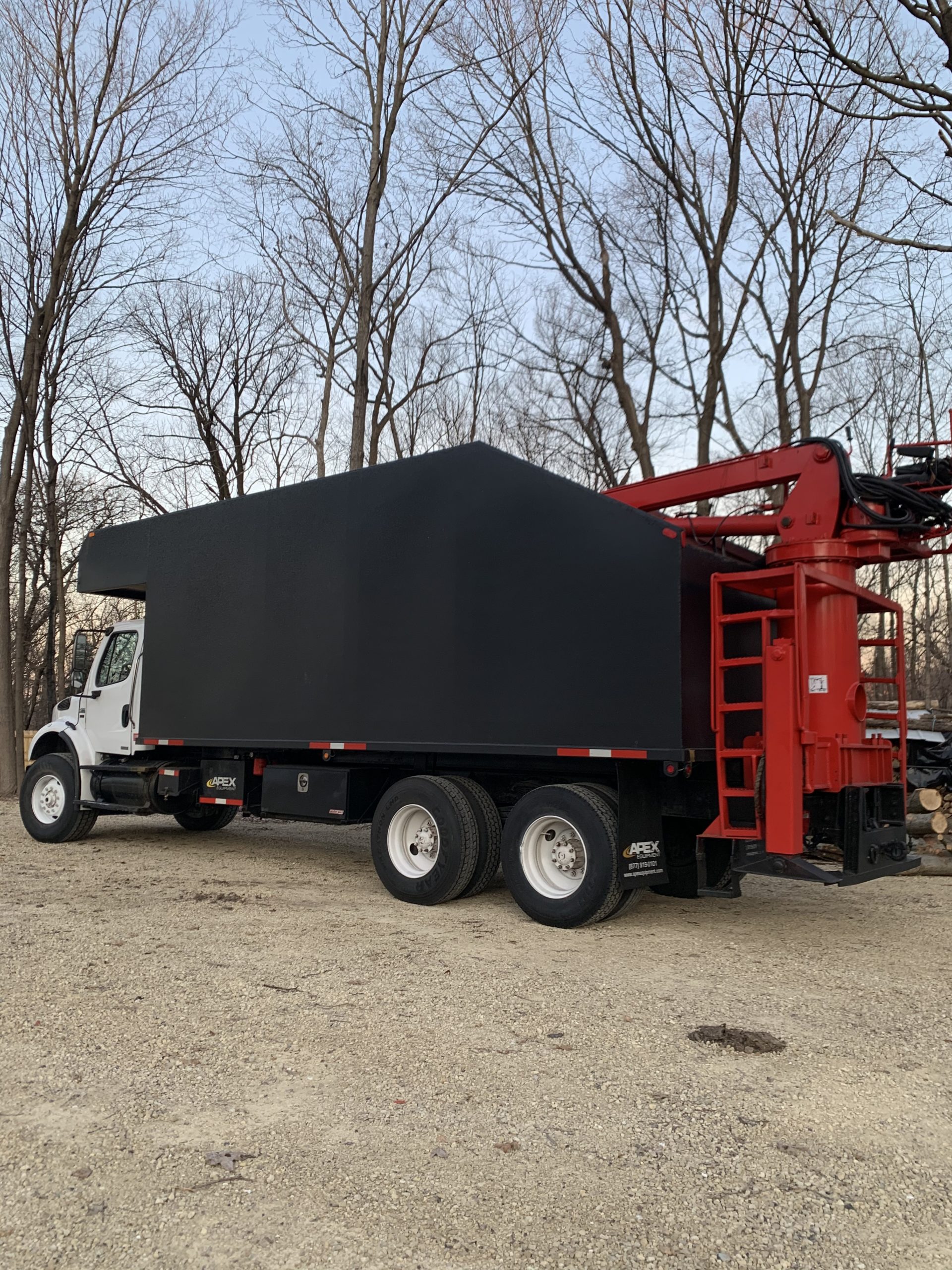RC Property Services: Relied On Tree Removal in Guilford CT
Wiki Article
Comprehending the Value of Tree Preservation and Preservation Practices in Urban Locations
In the busy landscape of city environments, trees commonly stand as silent guardians, offering a plethora of advantages that expand far beyond their visual appeal. Comprehending the relevance of tree preservation and preservation techniques in these areas is not merely an alternative technique yet an ecological factor to consider to cultivating lasting and resilient areas. As we explore the intertwined textile of ecological, social, and financial advantages that city trees provide, it becomes apparent that their preservation is essential for the wellness of existing and future generations. Let us get started on a journey to uncover the crucial function that trees play fit the urban landscapes of tomorrow.Ecological Benefits of Trees in Cities
Trees in metropolitan locations play a crucial function in giving various environmental advantages, contributing to the general health of city dwellers. One considerable benefit is the improvement of air high quality. Trees work as all-natural filters, absorbing contaminants such as carbon monoxide gas, sulfur dioxide, and nitrogen dioxide, and releasing oxygen into the environment. This procedure aids reduce the concentration of dangerous gases, making the air cleanser and much healthier for residents.
Additionally, trees add to water management by lowering stormwater runoff and dirt disintegration. In general, the ecological advantages of trees in cities are necessary for creating sustainable and comfortable city environments.
Social Value of Urban Tree Conservation
In modern metropolitan landscapes, the preservation of trees holds significant social relevance for cultivating neighborhood wellness and enhancing high quality of life. Urban tree preservation plays an essential role in creating rooms for social communication and community interaction.
Economic Worth of Tree Preservation
The preservation and conservation of city trees offer significant economic advantages that contribute to the total financial well-being of cities and neighborhoods. Urban trees supply a vast variety of economic advantages that favorably affect local economies.Furthermore, trees play an essential duty in reducing stormwater runoff and minimizing the effects of flooding, which can cause price financial savings for cities in terms of facilities repair and maintenance. Urban trees additionally contribute to enhanced air high quality by releasing and taking in pollutants oxygen, causing possible financial savings in health care expenses related to respiratory health problems. By acknowledging and spending in the economic value of tree conservation, cities can promote sustainable growth, improve quality of life, and produce more resilient urban settings.
Methods for Lasting Urban Tree Management
A comprehensive strategy to sustainable metropolitan tree monitoring includes integrating diverse techniques that prioritize long-term ecological wellness and community well-being. Implementing tree supplies and analyses is vital to comprehend city tree populaces, their wellness, and maintenance requirements.visit this page Area engagement plays a critical duty in lasting city tree management. Informing citizens about the benefits of trees, organizing tree planting occasions, and entailing volunteers in tree care tasks cultivates a sense of ownership and stewardship. Partnership between regional government, environmental organizations, and locals is essential to developing and executing efficient tree monitoring strategies.
Purchasing green infrastructure, such as green roofs and city woodlands, can give numerous benefits, including enhanced air high quality, stormwater administration, and urban heat island reduction. tree removal. Integrating trees right into urban preparation and design processes makes sure that trees are valued as essential parts of a healthy and balanced and durable urban atmosphere
Community Participation in Tree Conservation
Community involvement is a fundamental part in cultivating sustainable urban tree administration practices and ensuring the long-term health and wellness and preservation of city tree populations. Involving the community in tree conservation efforts can result in increased awareness, appreciation, and stewardship of trees within city areas. When locals proactively join tree maintenance, planting, and preservation efforts, they develop a feeling of ownership and pride in their regional atmosphere.Neighborhood involvement also advertises social communication and collaboration among citizens, neighborhood authorities, and environmental companies, promoting a shared duty for urban tree conservation. By arranging tree growing events, instructional workshops, and volunteer possibilities, areas can function together to improve the metropolitan tree cover and develop greener, healthier cities.
Verdict
To conclude, metropolitan tree conservation and conservation methods play a crucial duty in boosting the ecological, social, and economic well-being of cities. By acknowledging the value of trees in city areas and carrying out sustainable management strategies, neighborhoods can appreciate the numerous advantages that trees provide. It is necessary for stakeholders to proactively join tree conservation initiatives to guarantee a greener and healthier urban environment for present and future generations.
Report this wiki page